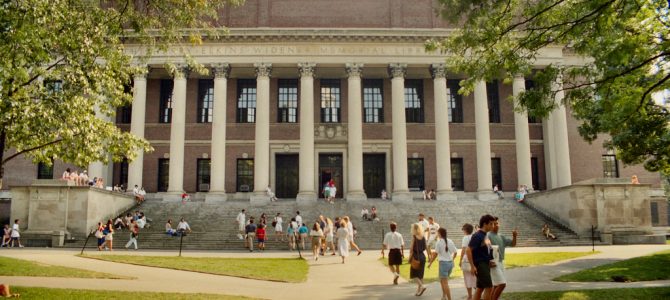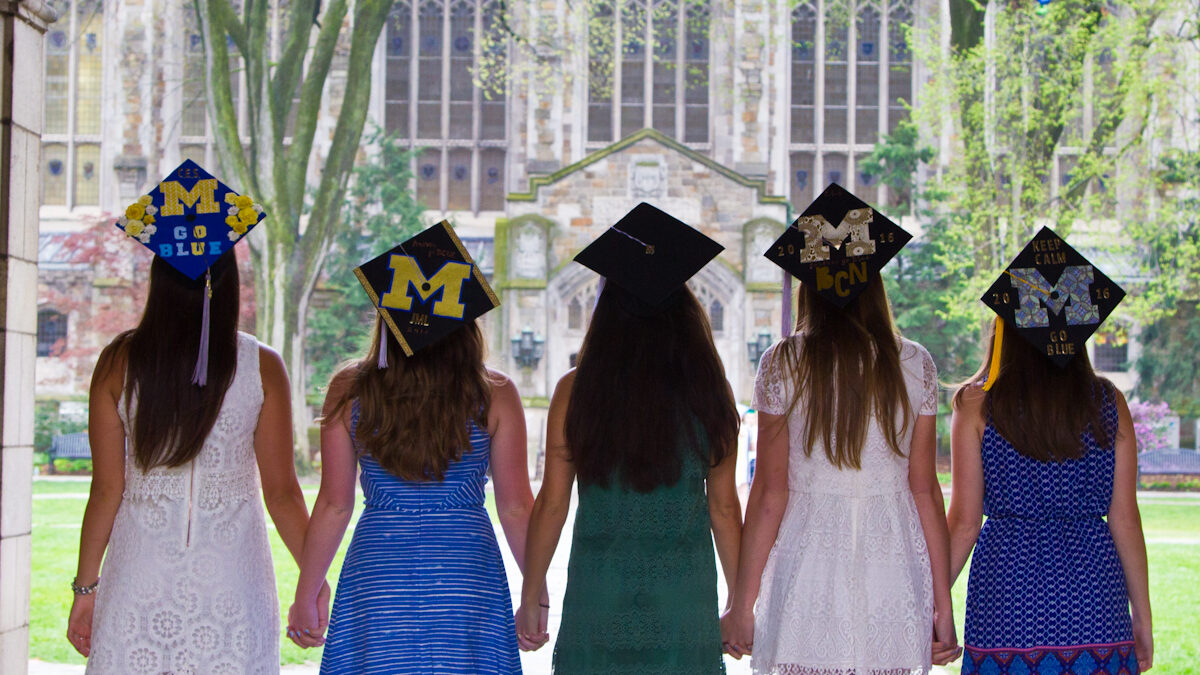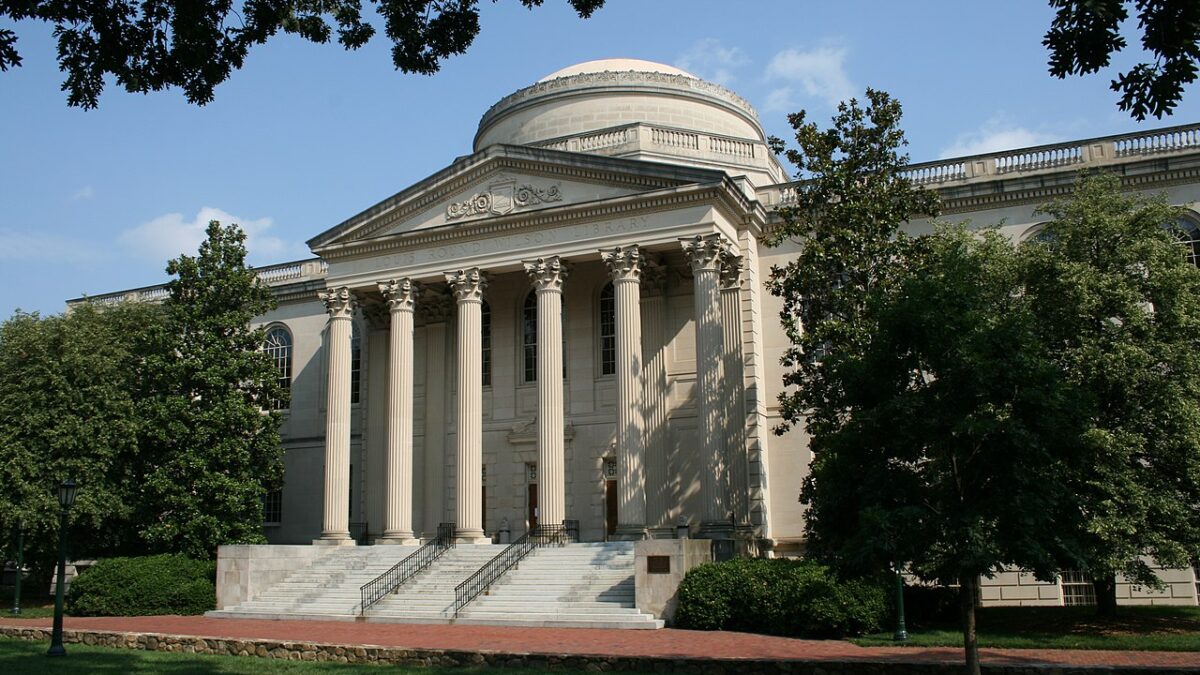
With college application season in full swing, many applicants hope that getting into one of the nation’s highest-ranked universities means learning skills meant for the best and the brightest. They would be wrong. As affirmative action court cases and skyrocketing tuition rates reveal, today’s Ivy League institutions have unfortunately strayed from their sacred mission, putting their own biases ahead of their students’ advancement.
As a valedictorian with a perfect SAT score, I was accepted to several Ivy League schools. After careful consideration, I turned them down in favor of my state school, which saved me over $200,000. Today, as a medical student and researcher, I have no regrets.
Tuition Dollars Don’t Go Toward Education
This past year, Ivy League tuition costs have grown an average of 4percent, raising the average “sticker-price” cost of attendance to $70,000 a year. Most of this money is not actually spent on improving the quality of education. While the University of Pennsylvania raised its tuition by 4 percent, it increased its financial aid by 5.25 percent. In other words, in a wonky, catch-22 redistribution scheme, Penn raised the tuition for some in order to lower it for others.
As tuition goes up, the number of people paying the full cost actually goes down. Financial aid uses the tuition dollars of the well-off upper class (a quarter of the U.S. population) to cover the tuition of the poor.
Of course, society should strive to ensure equal opportunity for all. Merit scholarships do just that–they allow the brightest individuals to attend university regardless of their parents’ income. All the Ivy Leagues have abandoned merit scholarships in favor of financial aid. Financial aid rewards students not on their ability, but on their circumstance.
The Best Of The Best?
From U.S. News and World Report rankings to popular media, Ivy Leagues are seen as the paragons of education, but this prestige may not translate into better quality. Studies have found that the classroom experience in the Ivies tend to be identical to that of other schools, and students who were offered acceptance to an Ivy but chose to go elsewhere ended up with the same average salary later in life.
What is unique about Ivy Leagues is the fervor of their politics. The institutions that have, for centuries, prided themselves on being the “best of the best” have become a redistribution scheme that actually penalizes the best. In promoting all forms of “diversity” (except for diversity of opinion, of course), Ivy League schools like Harvard have actually seen less diversity in their SAT scores, and fewer students with exceptionally high SATs.
For instance, perfect SAT scorer Shaan Patel, who later made his way onto Shark Tank, was rejected from all eight Ivy League schools. Why? Ironically, it may have something to do with his race.
Widespread Racial Discrimination
To “level the playing field,” schools like Harvard University systematically discriminate against Asians, a practice is currently being challenged in court. Meanwhile, African Americans effectively receive “bonus” points on the SAT when being considered for admission. This is insulting to Asians and African Americans alike. Rather than taking the highest scorers of all races and sexes and creeds, Ivy League institutions are making decisions based on the color of an individual’s skin.
Not surprisingly, more students and employers are finding the race-obsessed Ivy League education obsolete. A statistical analysis found that the rate of return for public schools is almost three times higher than that of Ivy Leagues.
The honors college at my state school was full of students, who, like me, had turned down Ivy League institutions. In fact, we had an average SAT score above that of most Ivies, perhaps because our admissions were less “race-based” and more “merit-based.”
Most of my classmates were incredibly capable students of middle to upper-middle class backgrounds (the largest sectors in the U.S. by far), who, thanks to the financial aid system, were not offered scholarships and could not afford the cost of an Ivy League institution. Herein lies the irony of financial aid––it does not enable more students to attend, merely different students. The students who do attend and pay full tuition are left footing the bill for the politics of their administrators.
Yes, Ivy Leagues are private enterprises, and it is their right to accept whomever they choose. However, this does not give them the right to discriminate by race. Students must also have the right to know the true value of their education and to understand where their exorbitant tuition dollars are really going. Unfortunately, the schools that we could once rely on to do right by their students are now putting politics over prowess and race over results.









